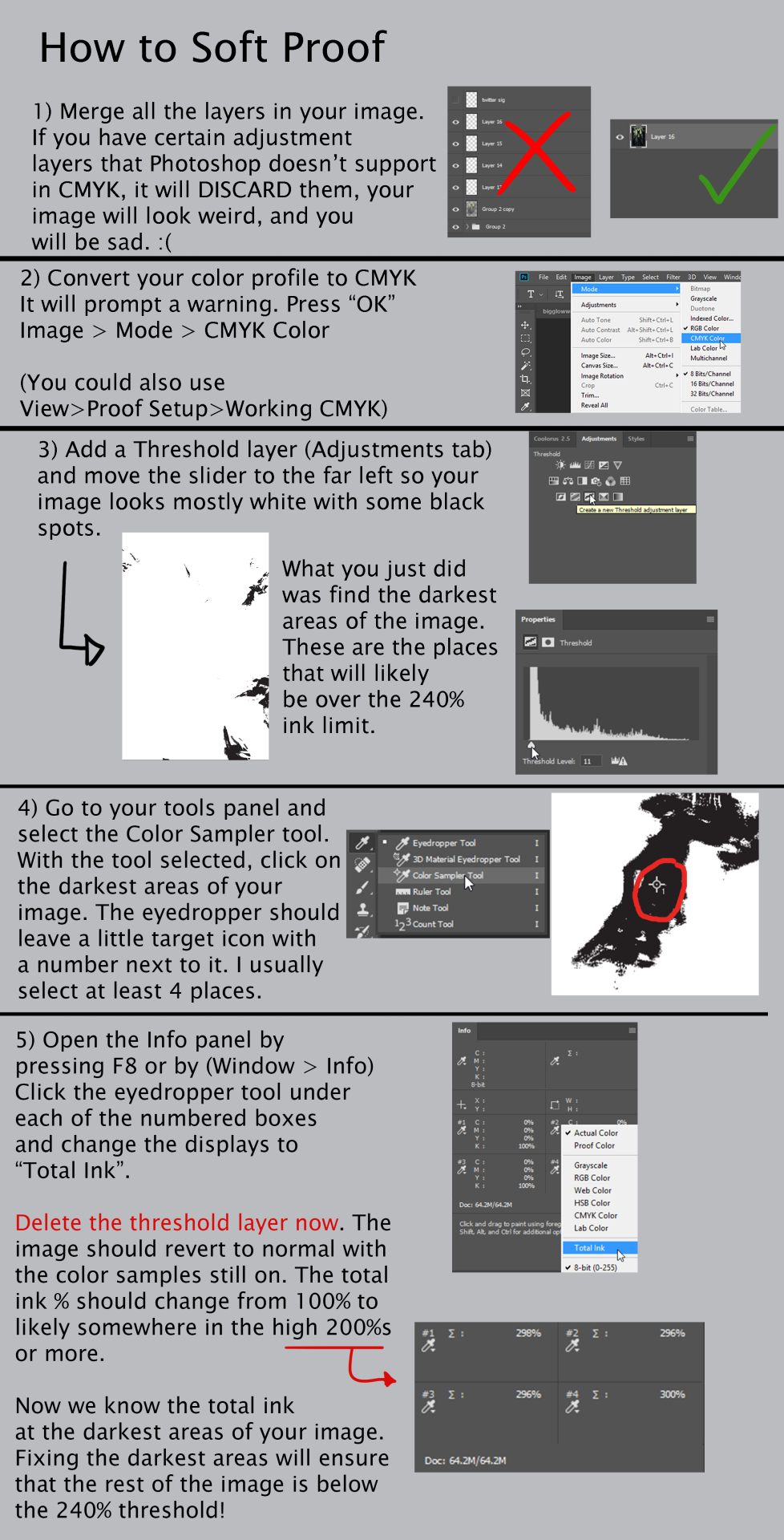Printing - Tumblr Posts
I’ve been trying to find this for ages I’m so happy I finally found it!

very hard to print in a homemade darkroom when lightning decides my windows aren’t closed enough
the ethics of printing fanfiction
so, i have a question.
i wanna print fanfictions that i like, and obviously just for personal use. BUT i wanna post photos of these prints, to like show my design work. do i have to ask for permission of the authors for that? it's not bc i don't wanna, it's just a bunch of them are from abandoned accounts, and like i know the authors won't answer. so... can i?
fucked up how colors look different depending on what screen you’re looking at them on. that should be illegal I think








I found some old art while cleaning my room so it gets added to my posting now

“It's not the face, but the expressions on it. It's not the voice, but what you say. It's not how you look in that body, but the thing you do with it. You are beautiful.” ― Stephenie Meyer, The Host 🖤💙🖤
Something I try to keep in mind when making art that looks vintage is keeping a limited color pallette. Digital art gives you a very wide, Crisp scope of colors, whereas traditional art-- especially older traditional art-- had a very limited and sometimes dulled use of color.
This is a modern riso ink swatch, but still you find a similar and limited selection of colors to mix with. (Mixing digitally as to emulate the layering of ink riso would be coloring on Multiply, and layering on top of eachother 👉)

If you find some old prints, take a closer look and see if you can tell what colors they used and which ones they layered... a lot of the time you'll find yellow as a base!
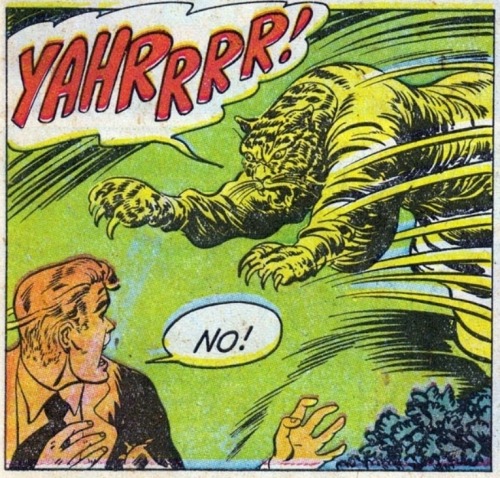
Misprints can really reveal what colors were used and where, I love misprints...
Something else I keep in the back of my mind is: how the human eye perceives color on paper vs. a screen. Ink and paint soaks into paper, it bleeds, stains, fades over time, smears, ect... the history of a piece can show in physical wear. What kind of history do you want to emulate? Misprinted? Stained? Kept as clean as possible, but unable to escape the bluing damages of the sun? It's one of my favorite things about making vintage art. Making it imperfect!
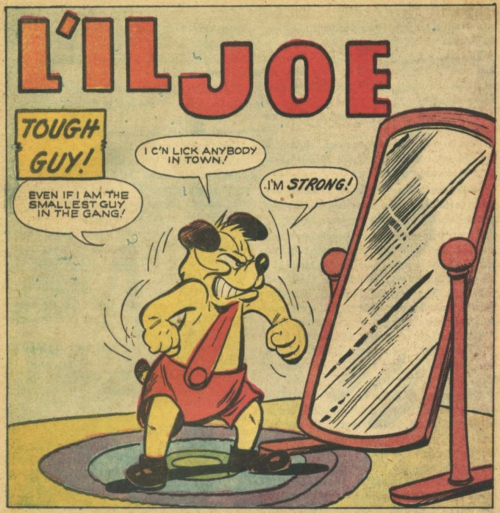
You can see the bleed, the wobble of the lines on the rug, the fading, the dirt... beautiful!!
Thinking in terms of traditional-method art while drawing digital can help open avenues to achieving that genuine, vintage look!
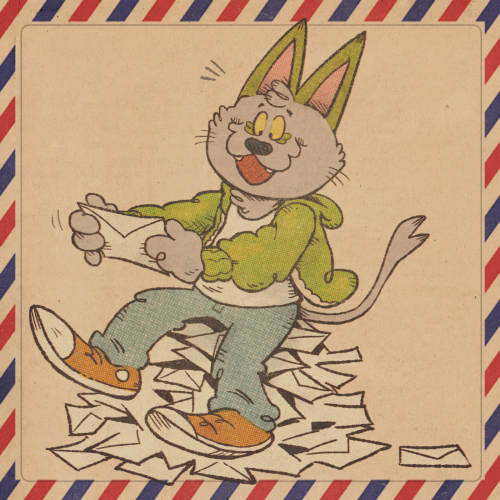
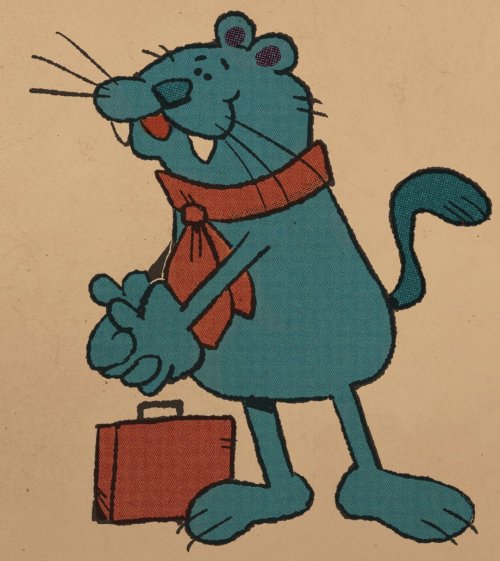
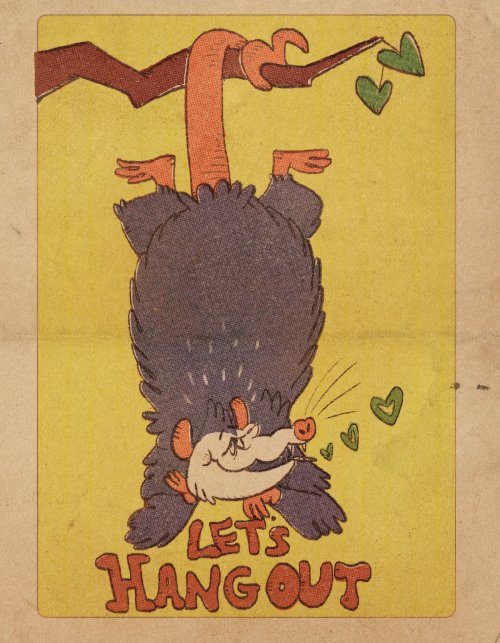










Printing Adventures Part 3, or possibly the longest post ever (I actually maxed out my image limit). Today I try to explain how to use InDesign CS5 to make PDFs! It’s actually not too hard once you wrap your head around it, but new programs and processes can be intimidating. Following on from Part 1 (Colourspace) and Part 2 (DPI, bleed, resizing).
miss emi! i dont believe you got my ask unless you just didnt want to answer it, but in any case; id like to ask how you print your uhhhh well prints? i made a poster for my friend on sai and id like to print it for her but idk if i can print using my normal printer? when youre not mass producing prints like for a con do you still go to a print shop? also if you were to create a poster on the larger side what size would you make the canvas? sorry for all the questions im an amateur nd thank :U
heyoooo i prefer most of these questions to be answered privately so that’s prob why i missed it… but either way i make the canvas 300dpi of whatever print size i want! 8.5x11in is standard for a normal home printer but if u want anything bigger (11x17) you can go to a staples. i really like the chain minuteman press too but that’s more for mass production. if it’s just one print i think staples will be fine!
Making Doujinshi: A Masterpost
I decided to put together a masterpost of resources I know and have (mostly) used when making doujinshi, comics, etc. I hope this helps someone!
Resources
blambot - their free fonts are great for comics, and their license allows you to use them for self published works even if you’re making a profit
fontsquirrel - all fonts are advertised as being free for commercial use, but I’ve found quite a few that actually are not. has a lot of fonts, but please read the license first. if no license is included or if it’s not explicitly free for commercial use, don’t use it in printed works
digital tone studio [JPN] - tons and tons and tons of tones, for photoshop, clip studio, etc. free tones are for web use. if you use their tones on the web, a link is appreciated. accepts paypal.
eikou’s templates [JPN] - templates for comics are here if you don’t want to set up the guides yourself. however, if you’re printing, it’s probably best to use the templates/bleed specifications your printer provides
Supplies (online)
jetpens - they actually carry a lot of useful traditional manga drawing materials, like dip pens, manuscript paper, etc. also free US shipping over 25 dollars! the doujinshi size manuscript paper is A4 size (it trims down to B5)
deleter mangashop - sells manuscript paper, pens, screentone, etc. shipping is pretty expensive, however.
Supplies (offline)
DaVinci Artist Supply - this particular davinci tends to carry screentones and doujinshi size manuscript paper, probably because they are so close to SVA 137 East 23rd Street New York NY 10010 Ph: 212 982-8607
Programs
clip studio paint - sai and mangastudio in one package. relatively cheap, also. carries a lot of screentones within the program and allows you to put down trim lines, text, etc. the cheaper version doesn’t allow you to organize your pages together in one big story, but shouldn’t really matter unless you want to mass export your files. UI is very similar to SAI when in illustration mode. I noticed that there was little to no learning curve when I first picked it up from using photoshop, SAI, and manga studio. overall a great drawing program and is great for drawing comics as well!
manga studio - a little hard to use but very versatile for comic drawing. I personally like drawing in clip studio more, but manga studio is still very good at what it does. it’s pretty hard to create illustrations with this software, but it’s more dedicated to comics (personally I use it to draw comics even though I have clip studio)
photoshop - if you really want to torture yourself. Not originally a drawing program, but has so so so many features. you can create your own guides which is a plus if you don’t want to use templates (clip studio doesn’t really allow for this, manga studio does but it’s a little confusing)
Tutorials/Info
how to make doujinshi [JPN] - very useful site! google translate is ok here… mostly. even if you don’t speak japanese, you should be able to grasp the basic idea.
Understanding Comics by Scott Mccloud - this book was given to me as basically the bible of comics. you can judge it for yourself, but I think it was a very good read, even if you don’t plan on drawing comics. It’s less about the technicalities of drawing comics and more about understanding comic based storytelling. It is also a comic book itself, interestingly.
wally wood’s 22 panels that always work - I’m always looking at this when I draw comics!!!! it’s great when I wrote a long bit of dialogue and realized I don’t know where to put anyone because I’m a dang idiot!!!!!!!
hajimete no doujinshi [JPN] (fixed link) - google translate sort of fails here, so this is better if you have at least a little knowledge of japanese/japanese doujin terms (for example the japanese term for trim lines translates to “dragonfly”)
Printers
doujinpress - print quality was not great a year ago, but they are currently in the process of increasing their print quality. Staff are very helpful and kind. long loooong turnaround (6 weeks). they offer perfect bound. reasonably priced. not a lot of cover stock options, but I hear that will possibly change soon… also prints R18 material (!!)
smartpress - lots of cover options, paper options, etc! billies printed with them and quality looked good (I haven’t printed with them personally). reasonably priced and offers custom sizing. default turnaround time is 3 days (!!)
this is an incomplete list. Please add more if you think it belongs on here. Thanks!

this is from my art folio last year
Fanfic: Collector’s Edition
I’ve always loved collecting books. I’ve got enough books that my friends make jokes about using stacks of books as furniture - not true, but close enough. But there is one type of book that I’ve never been able to get my hands on: fanfiction and other independently written, underground work. Especially work with queer themes and/or erotica.
It’s frustrating that fanfiction isn’t generally publishable or sellable. It’s a shame that creators could spend months or years laboring over a phenomenal piece of work and never see a dime for it, never see it in print. So I finally hit on an idea, an attempt to thank the authors of these wonderful underground works, without wandering into legality issues. I decided to learn how to make books. These books are not for sale and are gifts to the authors.
So I have been working on this for a couple of months and here are the first results. These are the very first books I have bound.
My guinea pigs:
Flyboys by @gefionne Bad Things by @ellabesmirched
Step 1. Making bookbinding tools. I realized very quickly that I needed a sewing frame and a book press. If I were to order these things I would have spent anywhere from $150 - $500. Luckily my family likes to make things. So I enlisted my dad to help me make some simple tools. cost: $30 in materials and an afternoon.

Step 2. Typesetting. Microsoft Word lets you print in “booklet” form, which allows you to create signatures from folded 8.5x11" paper. Each book takes a half to a full day to format.

Step 3. Printing. I am lucky enough to have a robust color laser printer at my disposal. Lightweight 20lb bond / 75gsm copy paper is what I used. This isn’t ideal for books, but it’s inexpensive, easy to procure, and doesn’t choke the laster printer. Perhaps in the future I can do an edition on super thin Bible paper, if I can find a printer that will print on it.
Step 4. Folding, Punching. Perhaps the most tedious part: Every sheet of paper must be folded individually. Then you assemble the signatures and use an awl to punch holes for sewing. Flyboys was 888 pages, which means 222 sheets of paper to fold.

Step 5. Sewing the text block. Now it’s time for tool #1, the sewing frame. This worked exactly as designed, holding the linen tapes steady while I sewed around them. A brick in a rag serves as a weight to hold the text block down while sewing.


Step 5. Gluing. Once the text block is sewn, I glue the end papers to both sides. Then it goes into tool #2, the press, with the spine edge poking out. I glue the signatures together, then apply the headbands and mull as further reinforcement. I leave the book in the press overnight.

Step 6. Making the Case. The case or cover. I’m making half-bound cases, which means there is fabric on the spine, but the boards are covered in decorative paper.

For Flyboys, I went with a “Hux’s hair and verdigris” theme of green cloth, copper printed paper and copper endpapers.
For Bad Things, I wanted murderous blood spatters. I ended up with black cloth, black and red marbled paper and red metallic endpapers.

Step 7. Assembly. The most nerve-wracking step. This is where you glue the block to the case. One shot deal. If you do it crooked, the book is crooked forever. YIKES! After you glue it, you put it in the press overnight again.


Step 8. Ex Libris. I have a few old ex libris labels with Aubrey Beardsley art, I think that’s an appropriate choice to pair with the queer and sexy, so I am adding them inside the front endpapers in the traditional spot. An ex libris label is a traditional way to signify who the book belongs to.

Step 9. Make author squeal with glee. My favorite step.
Again, these books are NOT FOR SALE.

One of the test prints. I sometimes enjoy the mistakes. #mistakes #printing #offset #graphicdesign #packagingdesign #toner #ocularstatic https://www.instagram.com/p/B7yX1csp7S3/?igshid=t2t777f816ef

CMYK color sheets I printed last night to test values on different colored paper. Quick, fun little project. #cmyk #offsetprinting #gradient #cardstock #graphicdesign #colorsheet #printing #design #ocularstatic https://www.instagram.com/p/B73dDrMJYT6/?igshid=1ehh8re3iyl8p

I think I’m done with this one. The yellow card with black upside down is probably my favorite. I just like making mistakes. Hand drawn, then fine tuned in photoshop. #printing #cmykprinting #offsetprinting #illustration #graphicdesign #packagingdesign #ocularstatic (at KCMO) https://www.instagram.com/p/B8HGhiPp5Hq/?igshid=xpdv501o4uji

Carving a masterpiece, the Limpet Embrace, a story of intertidal love. Let me love you with my foot.
One of our neighbors wanted me to try some locally milled tan oak, my review is that the wood is nice to carve, but the grain has enough separations that I wouldn’t attempt doing detailed work. Carve for the wood you use and this is perfect for limpets.








